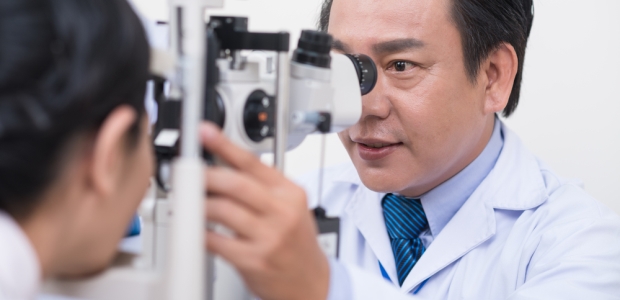
Make Vision Health a National Priority, National Academies Report Says
As many as 16 million Americans have uncorrected vision impairments, according to the report, which urges efforts to eliminate avoidable impairments by 2030.
A new report from the National Academies of Sciences, Engineering, and Medicine calls for concerted efforts to eliminate correctable and avoidable vision impairments in the United States by 2030, seeking to make vision health a national public health priority because millions of Americans have undiagnosed or untreated impairments that range from mild conditions to blindness. The report says there are no reliable data on the total number of people affected by all causes of vision impairment in the United States, but one model estimates more than 142 million Americans older than 40 have vision problems.
Uncorrected or undiagnosed refractive errors affect between 8.2 million and 15.9 million people in the United States, and uncorrectable vision impairment cases may double by 2050 due partly to the aging population -- unless we manage to slow the progression and severity of many common age-related eye diseases and conditions, such as age-related macular degeneration, cataracts, and glaucoma, it says.
The committee that conducted the study and wrote the report call in it for a population-health approach that promotes eye and vision health beyond the clinical setting, with an emphasis on minimizing preventable and uncorrected impairments. Preventing vision-threatening injuries, infections, and underlying chronic diseases such as diabetes can reduce the need for treatment, they noted.
"For far too long, eye health has received inadequate public health attention despite good vision being essential to most people's overall health and well-being," said Dr. Steven Teutsch, M.D., MPH, chair of the committee and former chief science officer of the Los Angeles County Department of Public Health. "We need a comprehensive approach to eye health that emphasizes education and prevention, equitable and easily accessible care, and coordination in treating and managing chronic eye conditions and vision impairment in ways that help people to live full, productive lives."
The panel recommended that the secretary of the U.S. Department of Health and Human Services issue a nationwide call to action to reduce vision impairment across the lifespan of Americans with specific goals to eliminate correctable and avoidable vision impairment by 2030, delay the onset and progression of unavoidable chronic eye diseases and conditions, minimize the impact of chronic vision impairment, and achieve eye and vision health equity by improving care in underserved populations. And they recommend that CDC develop a comprehensive surveillance system for eye and vision health to better document the epidemiological patterns, risk factors, care patterns, and costs associated with vision loss.
The study was sponsored by the American Academy of Ophthalmology, American Academy of Optometry, American Optometric Association, Association for Research in Vision and Ophthalmology, CDC, National Alliance for Eye and Vision Research, National Center for Children’s Vision and Eye Health, National Eye Institute, Prevent Blindness, and Research to Prevent Blindness.
The study focused on four broad topics:
- The public health burden of eye disease and vision loss
- Prevention and care of eye disease and impaired vision
- Evidence-based health promotion interventions for vision loss
- Collaborative strategies to promote vision and eye health as a public health priority